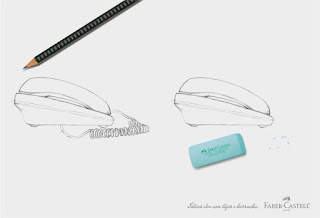If you haven't got the gist of it by the title, here are a few more to get you thinking.
It has always been one of my dreams/desires to make a movie. To see how this amazing industry works to bring so many stories to life. I would love to find out the different elements that brings life to the story, and the story to the masses. I like award ceromonies a lot. It is one of the few platforms to see the happenings inside the industry.
I know you are wondering why I am moving away from the central theme of this blog (which is technology). Well the reason why Oscars is a part of this blog today is because of www.oscar.com I like a lot of different sites for a variety of reasons. I like this because it encompasses the essence of this amazing night.
The first thing that you see is a video with all the dialogues from Oscar winning movies. I thought this was amazing. They always have something new every year on their site. I used to wait for the papers to tell me who the nominations are, but now all I have to do is wait for it to be uploaded on the system.
They have a brilliant countdown timer to 25th of February when the Oscars will be aired. A great video section where you can find all the nominations for the year. They have a huge database of old Oscar information. They also have a dedicated page for the host every year, highlighting their achievement.
Here are the nominations for the Best Movie... Can't wait for the results.
The Departed
Letters From Iwo Jima
Little Miss Sunshine
The Queen
A special reference to Dreamgirls for a whopping 8 nominations (which is closely followed by Babel's 7 nominations)
I've got my money on Babel this year ... What about you?
-CLICK HERE TO READ THE REST OF THE ARTICLE-








































 or this one
or this one  ? Perhaps wondered what these icons meant but never bothered to click and find out why they were there? Thought that you would check on the icons later?
? Perhaps wondered what these icons meant but never bothered to click and find out why they were there? Thought that you would check on the icons later? 




